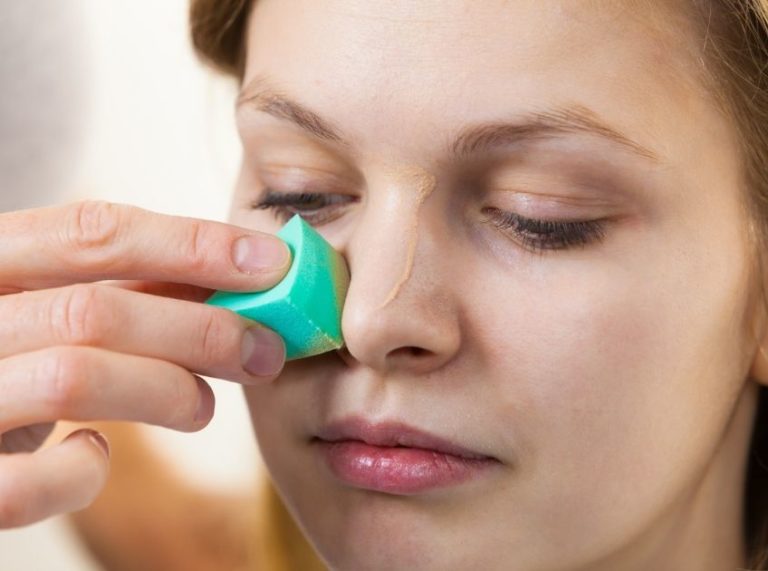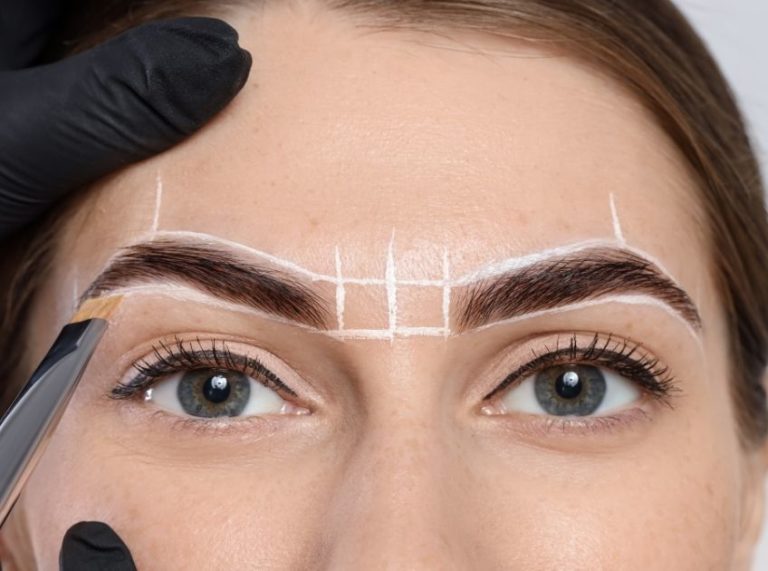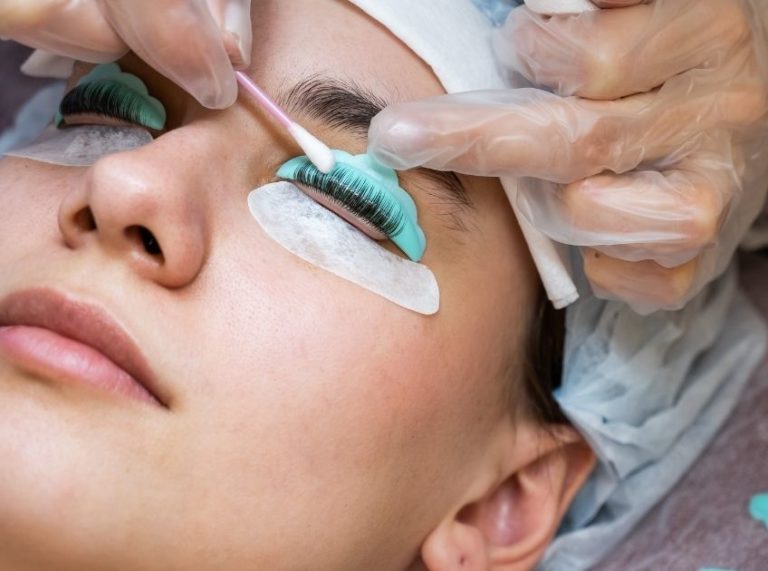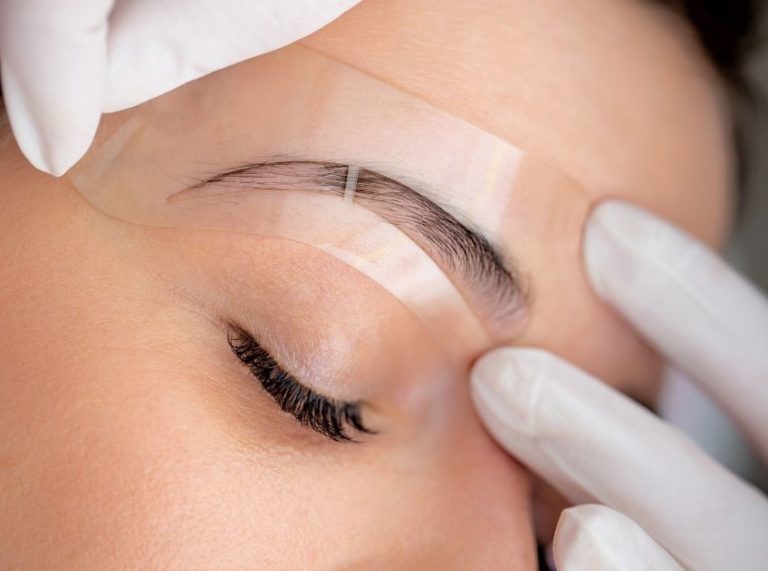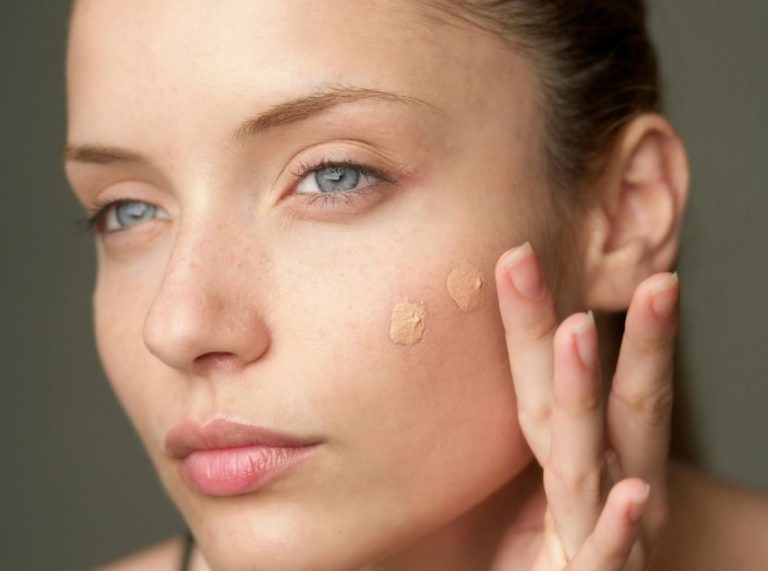
Important: This article is for informational purposes only. Please read our full disclaimer for more details.
Women love their skincare, makeup, and beauty routine. And why not, makeup gives the look and glow we all desire (1). Since it requires using multiple products at a time, makeup is considered nothing less than an art. Unfortunately, only some people know the correct way to apply makeup, especially the products that require great precision.
If you are looking for full-face heavy makeup, then there are a lot of layers that you have to put together. Any makeup that looks uneven and cakey at any point indicates that there is a problem that needs to be fixed.
“Why does my foundation look patchy and dry” is, in fact, one of the everyday beauty questions searched online. Here, we give you some of the answers to this question along with the solution.
Why Does My Foundation Become Dry and Patchy? 4 Possible Reasons

When the foundation on your face becomes dry, patchy, and starts to break off, it is known as the foundation separation.
The work of foundation is to even the skin tone and cover the pores in the face. It provides a smooth base over which other layers of makeup can be applied evenly.
Since human skin has texture and pores, a foundation works like magic and covers all the flaws effortlessly. However, it sounds like a nightmare that you are getting ready for a party and applying foundation or a BB cream, and suddenly, your skin refuses to hold onto your foundation. As a result, foundation causes patches and spots in your makeup look.
That would be the last thing someone could even think about. So, let us dig into why your foundation can look patchy and dry.
1. No Proper Skin Prep Before Makeup
Skin preparation before doing makeup is very crucial. It includes proper cleansing, toning, and moisturizing. The requisite for an intact base and foundation is ensuring that your skin feels completely hydrated beforehand. The makeup needs a smooth canvas to process otherwise it will begin to break off and leave the skin with patches and creases.
Therefore, prepping the skin properly and preferably using a hyaluronic based serum and moisturizer could help with hydration of skin (2) and smoothing before makeup preparation.
2. Foundation Does Not Suit Your Skin Type
There are various foundations available in the market with different bases that may or may not suit your skin. Your skin type might reap benefits from liquid, matte or full coverage foundation. For example, using a matte base foundation on a dry skin can result in foundation separating and patches.
Dry skin type should benefit from using a hydrating or luminous foundation. A lightweight form of full coverage like a tinted moisturizer is good for oily or acne prone skin. It evens the skin tone, provides a mattifying texture and prevents further oil and breakouts.
3. Not Setting the Foundation
Once you are done applying complete makeup, it is very important to finish off the look with the setting spray or foundation. If the foundation feels heavy or cakey, you can apply the setting spray even after the layer of foundation. This method ensures that the foundation stays in place. If using a setting powder, gentle patting or rubbing would work.
4. Not Exfoliated Properly
A gentle exfoliation (3) of the face is much needed before makeup. It ensures that your face becomes smooth and free from previous makeup, dirt, oil, and sweat. Rough and textured skin can prevent foundation to form an even skin surface and cause patches in the layer of foundation.
For healthy skin, it is essential that you exfoliate your skin two times a week.
Conclusion
If you always wonder why my foundation looks patchy and dry, in spite of using a high-quality one, you probably would have got the answers.
Sometimes, the quality of the foundation does not matter as much as the way you apply it. Using foundation without preparing the skin may give you a patchy look. At the same time, if you use matte foundation over dry skin, the result will obviously be drier skin.
Knowledge about a good quality foundation that suits your skin type and a proper method of application is a good way to prevent patches and dryness on your face. Several videos are helpful in learning techniques for applying a foundation using brushes, blenders, or sponges. You can always consult a beautician to know which foundation will be the best for your skin type.
Image Source : canva
Related Articles
- Why Does My Makeup Look Dry?
- 7 Best Primers For Dry Skin
- How to Choose the Right Foundation for Your Skin Type and Tone?
- How to Choose The Right Foundation Brush?
- 7 Best Foundations For Asian Skin
- 7 Best Cushion Foundations For Oily Skin
- 7 Best Foundations For Indian Skin
- 5 Best Makeup Tips for Olive Skin Tone
- 5 Best Similar Makeup Forever HD Foundation Products
- 5 Best Similar Charlotte Tilbury Foundation Products
- 5 Best Similar Nars Foundation Products
- Find Your Perfect Match: Il Makiage’s Buildable, Matte Foundation
- TIRTIR Mask Fit Red Cushion: Mask-Proof & Lasts 72 Hrs!
- L’Oreal Paris New True Match Foundation: Is It Worth the Hype? A Detailed Analysis
- Flawless Finish: Is HUDA BEAUTY #FauxFilter Luminous Matte Foundation Worth It?
- Sensitive Skin Friendly: CC Cream Offers Coverage & SPF 43 without Irritation
- e.l.f. Flawless Finish Foundation: Lightweight & Vegan – Shop Now!
- CC+ Cream: Your All-in-One Solution for Flawless Skin & Sun Protection
- All-Day Matte: Wet n Wild Photo Focus Matte Liquid Foundation
- Skin Tint vs. Tinted Moisturizer vs. Foundation: Which Is Right for You?
- Can I Use Foundation with SPF as a Sunscreen?
- 5 Best Similar Charlotte Tilbury Products
- 5 Best Similar Mac Mineralize Skinfinish Products

